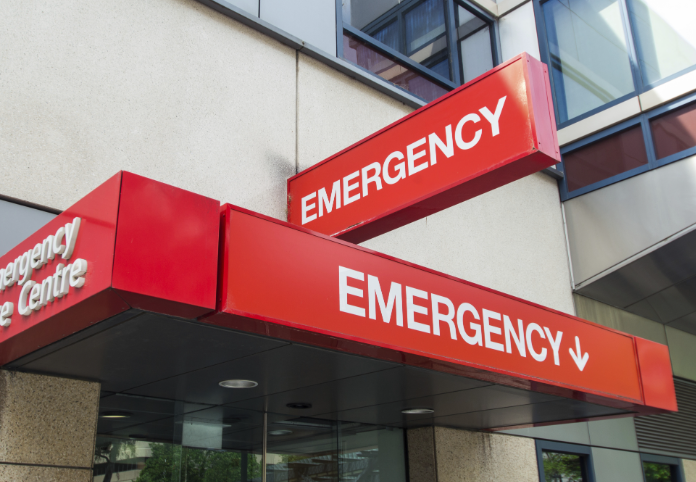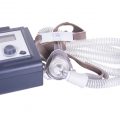When it comes to your family’s health, you want the best care and testing possible. But when an emergency arises and you must seek medical attention in the ER, how do you know what kind of lab tests are necessary? To provide peace of mind for your family’s well-being, it pays to understand the full range of options available — especially in life-threatening circumstances. In this blog post we’ll discuss seven things to consider about laboratory testing that could be performed during an Emergency Room visit for your family. Our goal is to educate families on laboratory services so they are better informed when making decisions regarding their healthcare needs. By being fully aware of relevant lab testing possibilities, families can have greater confidence in seeking medical help at a time of urgent need.
1. Selecting a Facility:
When it comes to ER laboratory testing, choosing a facility that is reliable and experienced is key. Look for one that has credentials such as accreditation from the College of American Pathologists or another recognized body. Ask questions about turnaround times for results, what kind of technology they use, and if they have any specialized experience with the particular test your family member requires.
2. Cost:
When it comes to laboratory testing, cost should always be taken into consideration. While the cost of testing can vary greatly depending on the type of test and lab used, families should make sure to shop around for the best prices available. It’s important to research the different labs in your area and ask them about their prices for specific tests you may need. Additionally, if you have health insurance, check with your provider first to see what kind of coverage they offer for laboratory services. Doing this could potentially save a great deal of money in the long run. There are also many programs that provide financial assistance for those who cannot afford lab tests due to low income or other factors. If you think you may qualify, it’s worth taking a look at these programs as well. Overall, considering all of these options ahead of time can help families ensure they are getting the most value possible out of their laboratory testing costs.
3. Understanding Testing Types:
When it comes to understanding the types of tests available for laboratory testing, it is incredibly important for families to know what options are available and why certain tests may be recommended. One of the most common types of tests are blood tests, which can be used to diagnose numerous conditions such as infections and anemia. Blood tests also help detect problems with organs like the liver, kidney, or thyroid by measuring levels of various substances in the blood. Urine tests can also be used to diagnose many different medical conditions, including bladder and kidney infections, as well as diabetes or other metabolic disorders. In addition to those two common examples, there are also DNA and genetic testing available, which is a form of molecular diagnostics. This type of test can provide information about inherited diseases, birth defects, gene mutations and other abnormalities that would otherwise not be found with any other type of testing. Furthermore, imaging studies such as x-rays or MRIs are also commonly used in laboratory testing. These methods use radiation or magnetic fields to create images that allow healthcare professionals to observe things inside the body that cannot be seen with a physical exam alone. All these different types of tests offer valuable insight into patients’ medical conditions and are important for making decisions about diagnosis and treatment plans when needed.
4. Preparing Ahead:
Give yourself enough time before the test date so you have time to gather all necessary items such as copies of medical records, photo ID cards etc., as well as ask any clarifying questions you may have before getting started on the day of the test itself.
5. Communicating with Staff:
When it comes to laboratory testing for your family’s health, it is essential to have open and honest communication with the staff that are performing the tests. Providing clear and concise information about the purpose of the tests, as well as an accurate medical history of any related conditions or illnesses you may be aware of is key in ensuring that the results are accurate. Adequate communication can also help ensure that any potential risks associated with the tests are understood and taken into consideration. It may also be beneficial to ask questions about other alternative tests or treatments available if a test result is unexpected or concerning. Open communication between families and staff will allow for a more thorough understanding of medical procedures, reducing anxiety and stress that may arise from potentially unfamiliar situations. Additionally, it can be helpful to provide feedback on how comfortable the experience was during testing, allowing staff members to gain useful insight into their practices. Taking these steps can help lead to a more successful experience overall and better informed decisions regarding your family’s health.
6. Being Patient:
Laboratories often require multiple tests or exams in order to get complete results; this means waiting times will likely occur throughout the process so it’s important for families to stay patient during this time by asking regular updates from staff members whenever possible and preparing emotionally for potential unexpected outcomes depending on diagnosis/results received at different points along the way.
7. Keeping Records:
Finally, once testing is complete it’s essential that families keep detailed records regarding all elements of their experience including copies of paperwork provided at each stage as well as notes taken during conversations with staff members etc., This information can be essential in future discussions with healthcare professionals should additional questions arise down-the-line related to diagnosis/treatment options etc..






























No Comments
Leave a comment Cancel